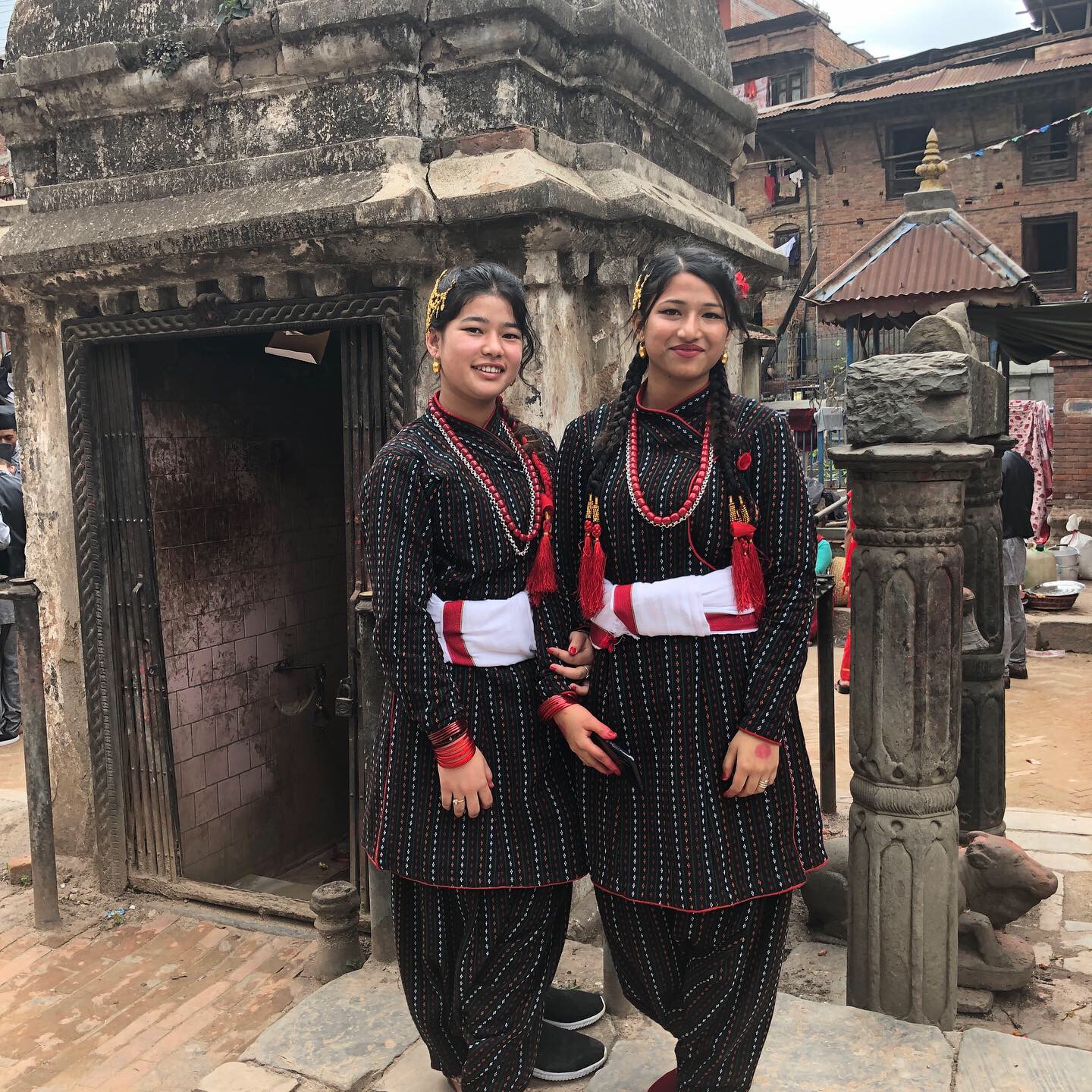On the surface, Kathmandu looks a lot like parts of Northern India, where I had visited the previous year. But there was an air of calm here. The people were calmer, less in a hurry, always smiling. I was familiar with Nepali people. I went to high school with a couple girls, stunningly beautiful and I’ve also befriended some in New York City. The calm nature of the Nepali people that I had met in NYC led me to wrongfully believe that Nepal was mostly Buddhist when in fact it is not.
A predominantly Hindu country, the country proclaimed itself a secular country in January 2007. However, no laws specifically affecting freedom of religion were changed. It is curious though that there has been an enactment of new legislation criminalizing religious conversion which has caused some upset among Nepal’s Christian minorities.
Also curious is that despite these strict laws that ban religious conversion, Christianity has spread rapidly over the last two decades in Nepal, because many see it as an escape from the deeply entrenched caste system. You’d have to be Nepali to feel the full affects of this but in my short time in Nepal as a foreigner, I saw a religious fluidity and curiosity here that I don’t see in many places in the world. Hindus go to Buddhist places of worship such as Swoyambhu and Bouddha and Buddha is accepted by many Hindus as a reincarnation of Lord Vishnu.
I wouldn’t call this religious confusion, but more that Nepalis are aware of the contradictions that exist in our world and see life deeper than binary black and white, right and wrong thinking. As a person who grew up between the religions of Catholicism and Buddhism and in between the United States, Thailand and the Philippines, I recognized this immediately.
I certainly didn’t expect to feel an intense camaraderie with Nepal, but it’s easy to see how I did.
The stunning faces of Nepal are as varied as their landscapes. At this cultural crossroads between China and India, I wanted photographs of everyone’s warm faces and soulful eyes. So many gorgeous faces reflecting the spirit of the country. As Mahatma Gandhi was quoted saying, ‘A nation’s culture resides in the hearts and in the soul of its people.’
I connected immediately. Whether that was because if I pretended to be mute and deaf, I could possibly pass as Nepalese or because I identified with the accommodating and calm nature of the Nepalese people, I was drawn in. Strangers called me “sister” and asked me personal questions on topics that only close friends and family members bother harassing me with. How old are you? Are you married? What’s your religion? What are your views on mistresses?
Living in the United States for over 15 years, I’d been accustomed to starting conversations with strangers about current events, the weather, common TV shows - polite small talk about nothing where each person often leaves the conversation knowing very little or nothing at all about each other. Not here - here it was deeper talk. A lunch conversation about why she broke up with a fiancé compels me to share my story about why I broke up with mine. Shorter conversations, yet deeper. I felt closer with the people I’ve talked to here than in most places. Perhaps this is what this country compels us to do - share slivers of our soul.
There’s so much here that encourages us to do that. Whether it’s the trek in nature to the peace pagoda, seeing elephants and rhinos in Chitwan National Park, the many multi-day treks offered… each person can find a way to reconnect with a part of themselves that they may have forgotten - even in the most unexpected ways.
Seeing Rhinos at Chitwan National Park.
Trekking in Pokhara.
I know I did. Here, I reconnected to myself in a way that was deeper than ever. Maybe it was because I was at a point in my life where I was ready to do that. Maybe it was just being in Nepal.
We are told many things by other people - the ideal way we should look, the ideal way we should live, the ideal way we should love. But after traveling to so many countries and seeing all the different ways that people live, how could I possibly believe in an ideal that is permanent and not relative to the biases of a limited perspective.
As I strive to be my most genuine self, I think to myself, Who am I without others? This is the answer: Nothing. This concept of the self itself is an illusion because we are not separate from the world. You are just one point of view in this complicated fabric of the universe. Others around us are a reflection of yourself. You see love in others because you see love in yourself. You mistrust others because you mistrust yourself. When you realize that the things that bother you most about the people around you are the things that bother you most about yourself, you will learn a deeper degree of compassion for not only other people’s experiences but also your own. This is the beginning of letting go of I.
Next Blog Post - On the Road to Lumbini
If you feel compelled to do so, as I did, I encourage you to travel to Nepal, on a pilgrimage or whatever - either with me, with a group or by yourself, I want to help you do it. Let my wisdom be your guide. Reach out to me in the form below to start a conversation. I’m waiting to hear your story.











